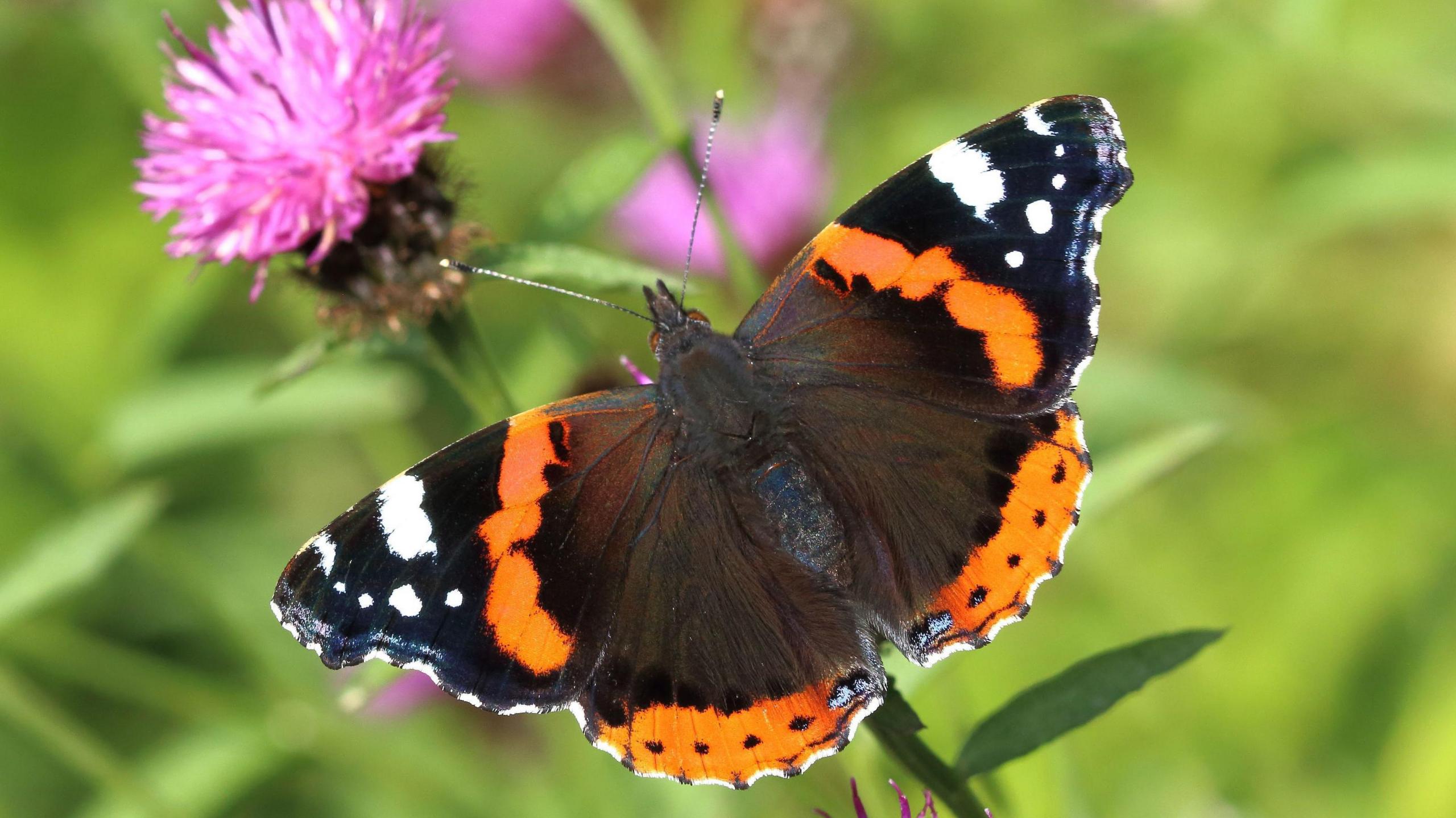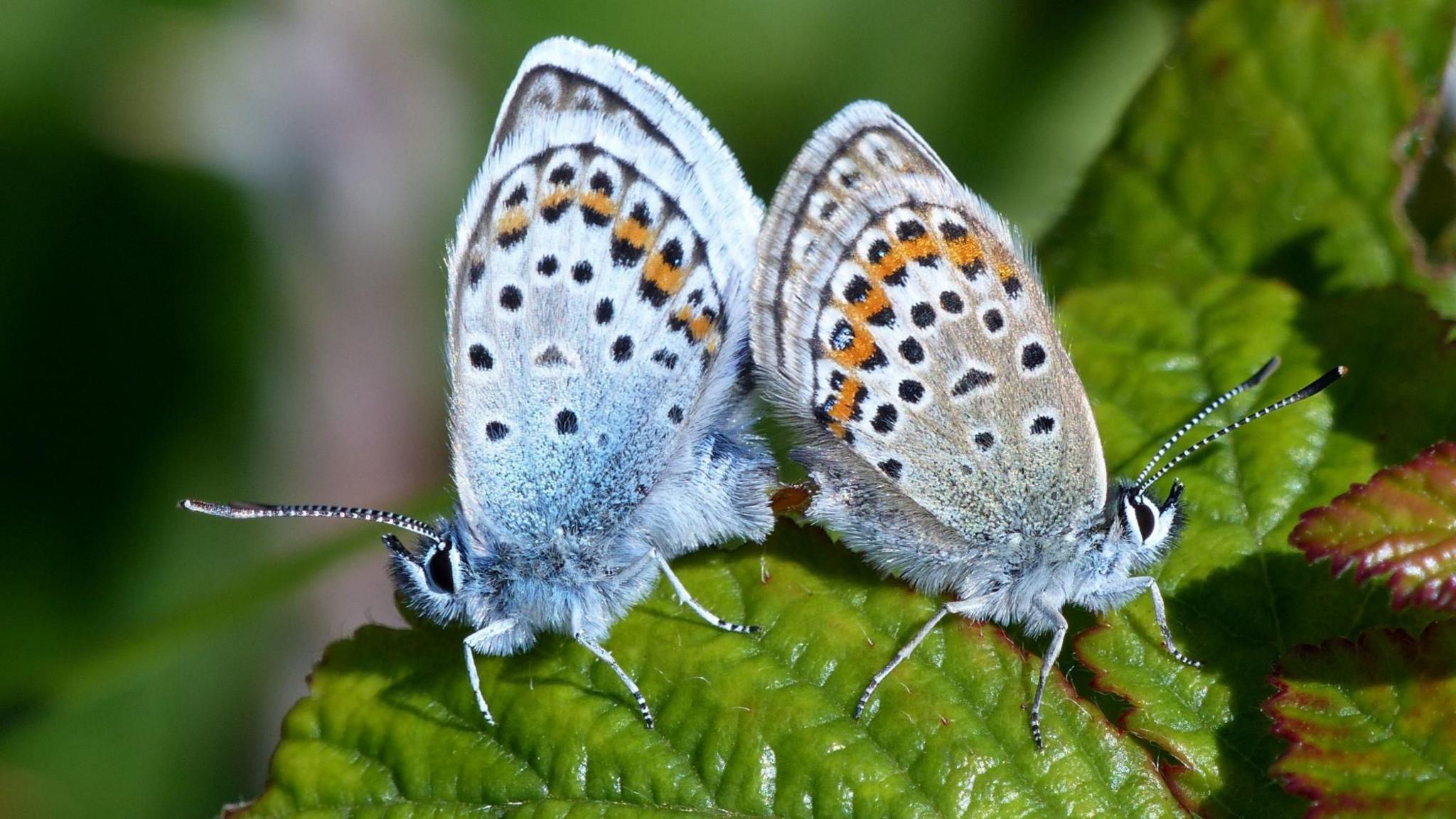Rare butterfly 'expanding' in county
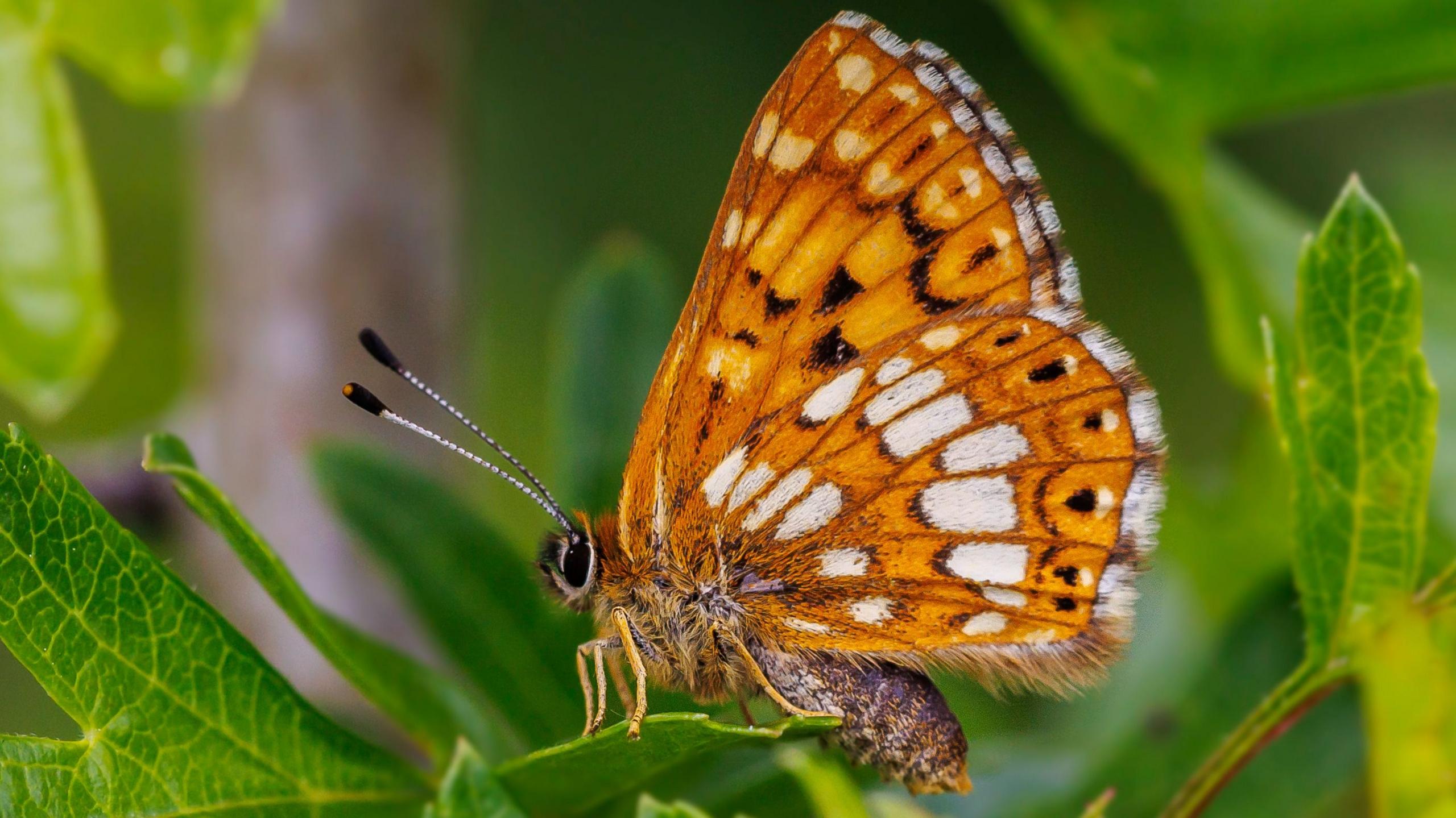
The Duke of Burgundy is orange and brown, and like a tiny version of a fritillary, Butterfly Conservation said
- Published
A rare butterfly that is in decline is "now stable and expanding" in a county due to work carried out by volunteers.
Network Rail said a project involving the Butterfly Conservation and Chiltern Rangers wildlife groups was helping to protect the Duke of Burgundy species in Buckinghamshire.
The groups have collaborated to create suitable environments along the tracks of the West Coast Main Line.
Nick Bowls, a volunteer for Butterfly Conservation, said the work had helped the insect "expand into new areas".
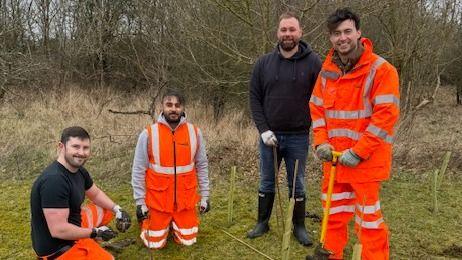
Volunteers have worked to to transform an area of land near railways tracks in High Wycombe
Network Rail said the butterfly, whose scientific name is Hamearis lucina, was a "rapidly declining species, and in 2010 the number of separate Duke of Burgundy butterfly colonies in the Chilterns area of Buckinghamshire was only two".
It has worked for the past 10 years with the Upper Thames branch of Butterfly Conservation and landowners to prepare suitable host sites, that have been expanded to take in Network Rail land.
Mr Bowls said the work had helped "the butterfly, which is the one suffering the biggest contraction in range in the UK, to expand into new areas".
"In many parts of England, the Duke has been lost from entire landscapes but the colony near Princes Risborough is now stable and expanding," he said.
Jude Ward, environment manager for Network Rail's North West and Central region, said: "This work highlights the ability of our railway to act as a wildlife corridor by connecting scattered habitat and animal species throughout the country.
"Working with external partners to align our conservation objectives allows us to create a network of habitat that's bigger, better and more connected."
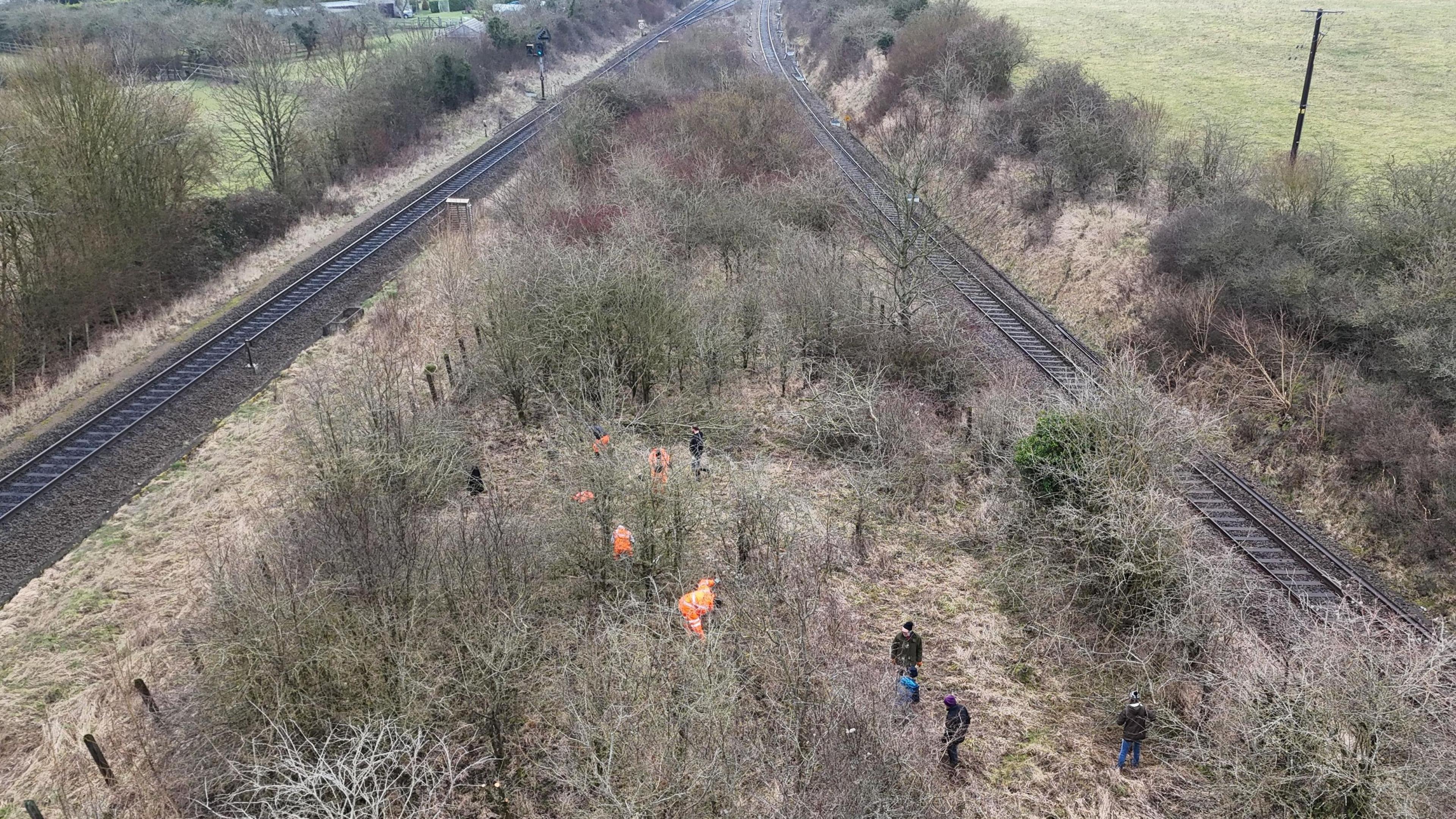
Volunteers have cleared foliage between two Buckinghamshire railway tracks
A recent volunteer day saw helpers plant 1,250 "shelter belt" trees and 2,400 cowslip wildflowers along the margin of Long Orchard's chalk grassland meadow.
Another volunteer day is planned for Tuesday, 11 February.
Get in touch
Do you have a story suggestion for Beds, Herts & Bucks?
Follow Beds, Herts and Bucks news on BBC Sounds, Facebook, external, Instagram, external and X, external.
You might also be interested in
- Published30 December 2024
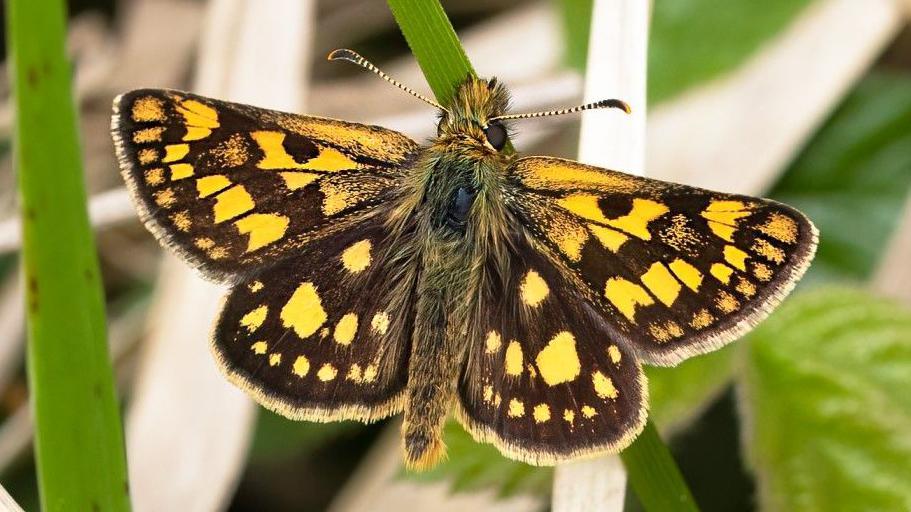
- Published5 September 2024
